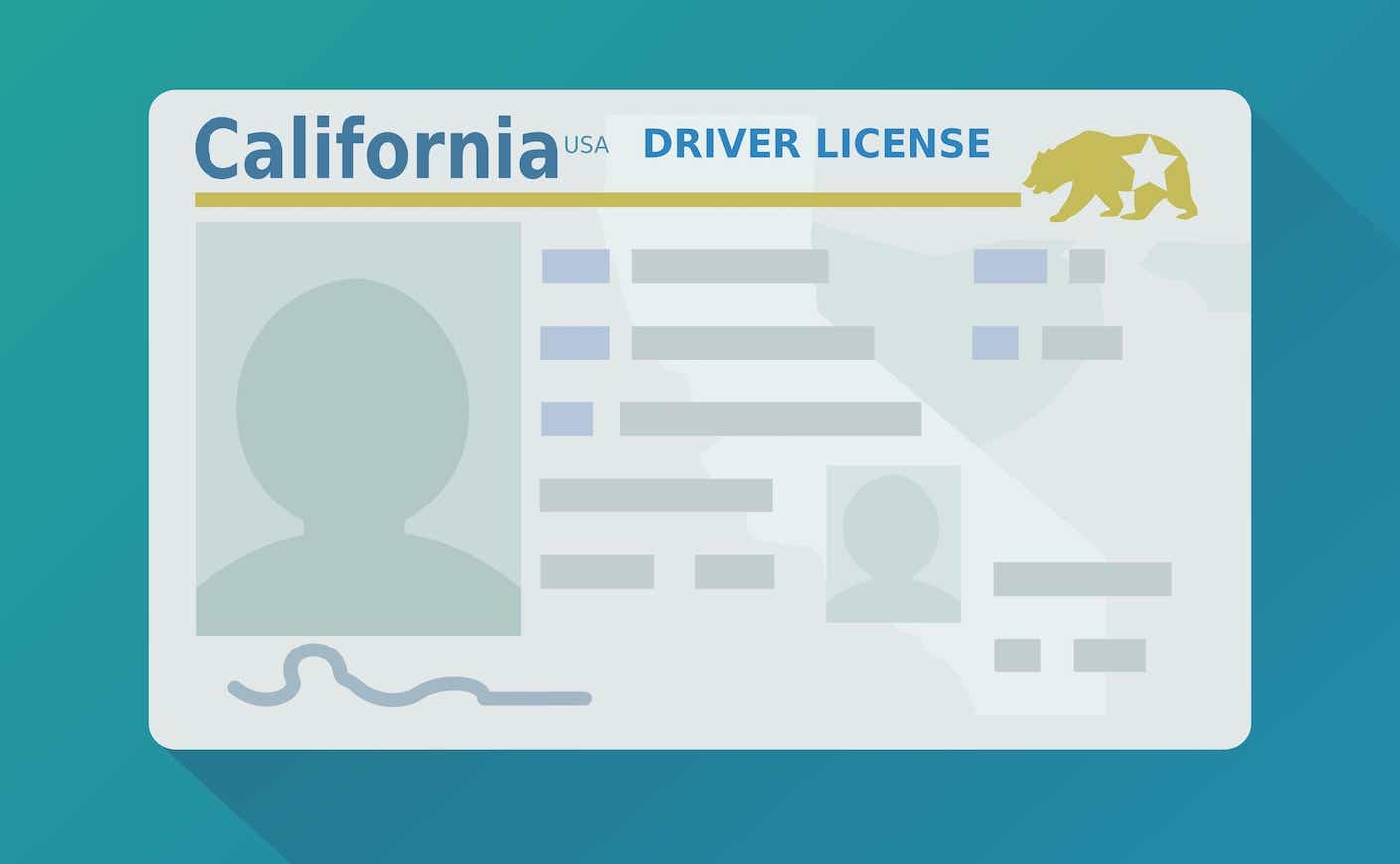Starting May 7, Americans will need a Real ID to travel domestically by plane, but many are still unsure whether they have one or why they need one.
If you don’t have the right ID, you could face delays or be turned away at airport security, potentially missing your flight. But don’t panic just yet — there are a few alternatives, and you may already have a Real ID without realizing it.
“People will be allowed to fly,” Homeland Security Sec. Kristi Noe told lawmakers on Tuesday. “We will make sure it’s as seamless as possible.”
Here’s a quick breakdown of what a Real ID is, who needs one, and what to do if you’re running out of time.
What is a Real ID?
A Real ID is a state-issued driver’s license or ID that meets federal security standards, according to the Department of Homeland Security (DHS). These rules were introduced after the 9/11 attacks to improve security at airports. While originally set to take effect in 2008, the deadline has been delayed several times due to “state implementation challenges and the COVID-19 pandemic,” according to the Associated Press.
So, how do you know if your ID is a Real ID? Real IDs have a star in the top right corner. Some states use different versions of the symbol, so yours may not look exactly the same as someone else’s. For example, California has a white star inside a golden bear, while Texas uses a gold circle with a white star.
Do I really need a Real ID?
In many cases, no. You don’t need one to drive, vote, receive government benefits or services, buy alcohol, visit a federal facility that doesn’t require ID (like a post office), go to a hospital, or serve on a jury.
If you’re over 18 and planning to fly domestically or access certain federal facilities without a valid U.S. passport, you’ll need a Real ID. Without one, you can still travel using a passport, but as Gov. Noem noted, travelers “may be diverted to a different line [and] have an extra step.” This may include completing TSA Form 415, also known as the Certification of Identity form. If TSA can verify the information provided, you’ll be allowed through security and permitted to board. Keep in mind, though, that this process may involve additional screening such as pat-downs, extra questions, or other delays. But even if you’re turned away at security, some airlines let you rebook your flight for the next day, which can give you a little extra time to sort out your ID.
In states like Minnesota, Michigan, New York, and Vermont, you can choose an Enhanced Driver’s License (EDL), which also fulfills Real ID requirements. Unlike a Real ID, the EDL typically features a U.S. flag instead of a star and includes a chip that streamlines re-entry into the U.S. by land or sea from Canada, Mexico, or the Caribbean, according to U.S. Customs and Border Protection. The EDL costs $30, while a standard Real ID is free. However, neither can be used for international air travel — you’ll still need a valid passport for that.
You might already have one without realizing it — as of late April, 81 percent of travelers at TSA checkpoints were using a Real ID-compliant driver’s license or passport, according to DHS.
How do I get one?
To get a Real ID, start by visiting your state’s driver’s licensing agency website to see what documents are required. You can also go to the Department of Homeland Security’s site and click on your state for step-by-step instructions.
Not sure what to bring? DHS recommends checking your state’s website for a full list of acceptable documents. But if you’re in a rush to get a Real ID, you might be out of luck — several states, including New Jersey, Illinois, and Kentucky, have reported a shortage of available appointments in recent weeks, according to the Associated Press.
Are there other forms of identification I can use at the airport?
Don’t have a REAL ID? You can still fly with a valid passport or another TSA-approved form of identification. If you don’t have those either, there may be some alternatives—but they could lead to delays and aren’t guaranteed to be accepted. Here’s a list of TSA-approved documents:
- U.S. passport or passport card
- Foreign government-issued passport
- Veteran Health Identification Card
- Department of Defense ID (including those issued to dependents)
- Permanent resident card
- Border crossing card
- Photo ID issued by a federally recognized Tribal Nation or Indian Tribe (including Enhanced Tribal Cards)
- Canadian provincial driver’s license or Indian and Northern Affairs Canada card
- Transportation Worker Identification Credential
- Employment Authorization Card (Form I-766) issued by U.S. Citizenship and Immigration Services









